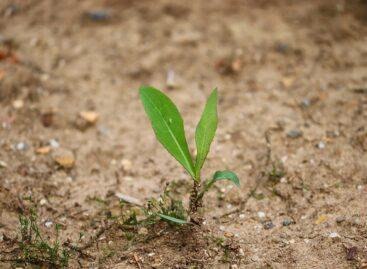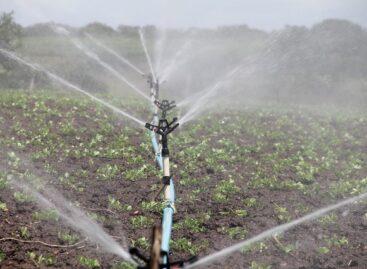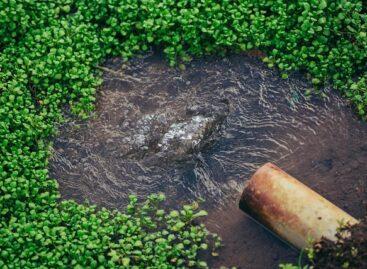Norway introduces tourist tax: municipalities can ease the burden of overtourism
According to experts, the corn crop is already showing a tragic picture, while the fate of wheat depends on the weather in the coming days. Rain continues to elude the country, the deeper soil layers have dried out.
 Signs of a long-lasting and intensifying drought are becoming more and more visible in the fields of Hungary – especially in the case of corn, where producers are already reporting catastrophic conditions. Of the cereals, wheat still tolerates weather changes relatively well, but with the approaching summer heat, problems may appear here too. The solution could be a long-lasting, soaking rain – but according to the forecasts, there is no sign of this yet.
Signs of a long-lasting and intensifying drought are becoming more and more visible in the fields of Hungary – especially in the case of corn, where producers are already reporting catastrophic conditions. Of the cereals, wheat still tolerates weather changes relatively well, but with the approaching summer heat, problems may appear here too. The solution could be a long-lasting, soaking rain – but according to the forecasts, there is no sign of this yet.
“The corn fields are in ruins”
According to agricultural economist György Raskó, the current state of corn is seriously worrying: “The fields are in ruins, and it is only June 20.” He added that the drought is worsening day by day, with 15-20 settlements reaching the severe drought classification every day according to the drought monitor. The Great Plain is particularly hard hit, especially the Jászság, Bács-Kiskun, Szolnok regions and Békés county.
Raskó stressed that corn can be produced economically in Hungary less and less under current technological conditions. According to him, it would be worth rethinking the domestic GMO regulation if we want to maintain production.
Wheat: the weather will decide its fate
The situation with wheat is not that serious for now. According to Tamás Petőházi, president of the National Association of Grain Growers, the weather in the coming days will be crucial. “If a heat wave comes, the grains will freeze and will not have the necessary specific gravity,” he told the Agrárszektor. In Transdanubia, yields are expected to exceed 6 tons per hectare, while in the Great Plain they are expected to be around 4.2 tons.
However, the quality of the wheat is already questionable in several regions – especially in the Great Plain, where the drought is also starting to affect the grain content values.
Related news
A drying country, lacking answers – agriculture is one of the biggest domestic victims of climate change
🎧 Hallgasd a cikket: Lejátszás Szünet Folytatás Leállítás Nyelv: Auto…
Read more >AM: Drought Protection Operational Team temporarily completed its work on October 31
🎧 Hallgasd a cikket: Lejátszás Szünet Folytatás Leállítás Nyelv: Auto…
Read more >On October 31, the Drought Protection Operational Team temporarily completed its work
🎧 Hallgasd a cikket: Lejátszás Szünet Folytatás Leállítás Nyelv: Auto…
Read more >Related news
Premium drink, premium literature
🎧 Hallgasd a cikket: Lejátszás Szünet Folytatás Leállítás Nyelv: Auto…
Read more >Responsible Gastro Hero Foundation: a sourdough and kombucha sharing campaign
🎧 Hallgasd a cikket: Lejátszás Szünet Folytatás Leállítás Nyelv: Auto…
Read more >Style, language and tools
🎧 Hallgasd a cikket: Lejátszás Szünet Folytatás Leállítás Nyelv: Auto…
Read more >






